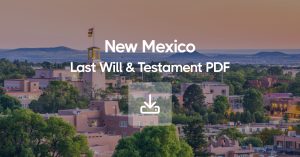Trusts are crucial in estate planning, however, not many people know what exactly they are able to include. When setting up a living trust it’s crucial to understand that not all assets can or should be included. Here are key items and assets that are typically excluded from a living trust:
Retirement Accounts
- Individual Retirement Accounts (IRAs)
- 401(k) plans
- Pension plans
- Other retirement benefits
These accounts are governed by their own beneficiary designations and are meant to be distributed directly to the named beneficiaries, outside of a trust.
Life Insurance
Life insurance policies are also not placed in a living trust. They have their own beneficiaries and are payable upon death directly to those individuals, bypassing the trust entirely.
Health Savings Accounts (HSAs) and Flexible Spending Accounts (FSAs):
Similar to retirement accounts, these are designed with beneficiary designations and are not funded into a trust.
Motor Vehicles
In many states, motor vehicles are often not titled in a trust due to insurance and liability issues. However, this can vary by location and some estate plans may include a provision for vehicles.
Property with Loans or Mortgages
While real estate with a mortgage can be placed in a trust, it can be complicated. Lenders may have a “due on sale” clause that can be triggered if the property is transferred to a trust.
Certain Personal Property
Items without a formal title, like furniture, clothing, and household goods, may not need to be included in a trust and can instead be distributed through a will.
Intangible Items
Items like airline miles or club memberships, which are governed by contractual terms and not by title documents, are typically not transferable into a trust.
Understanding these exclusions is important for the creation of a comprehensive estate plan. It’s also essential to work with an estate planning professional to navigate the complexities of what should and should not be included in a living trust. At GetDynasty we can provide guidance tailored to an individual’s unique financial and personal situation, ensuring that all assets are properly accounted for and that the estate plan follows the legal requirements of the state in which it is established.



